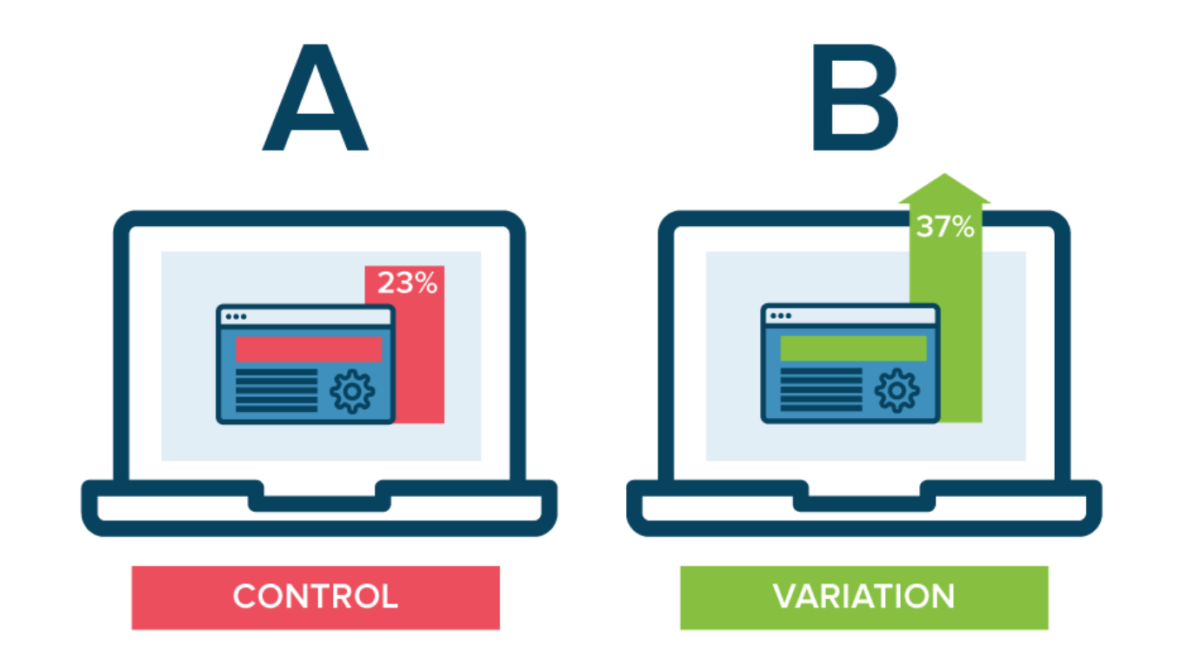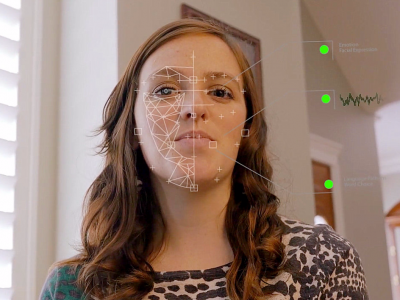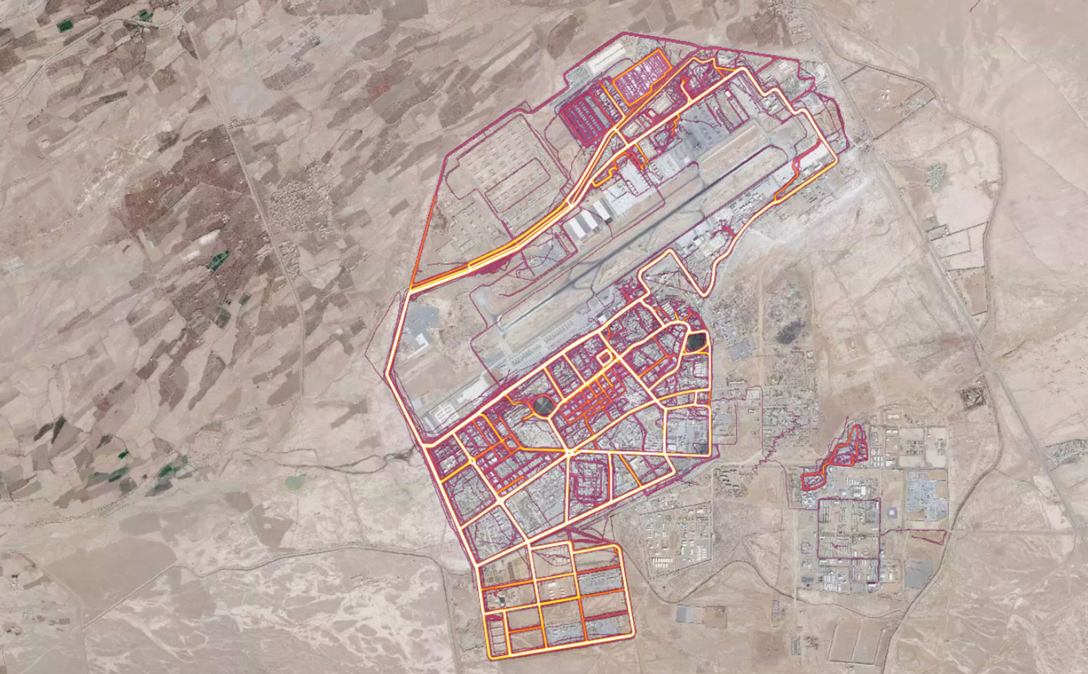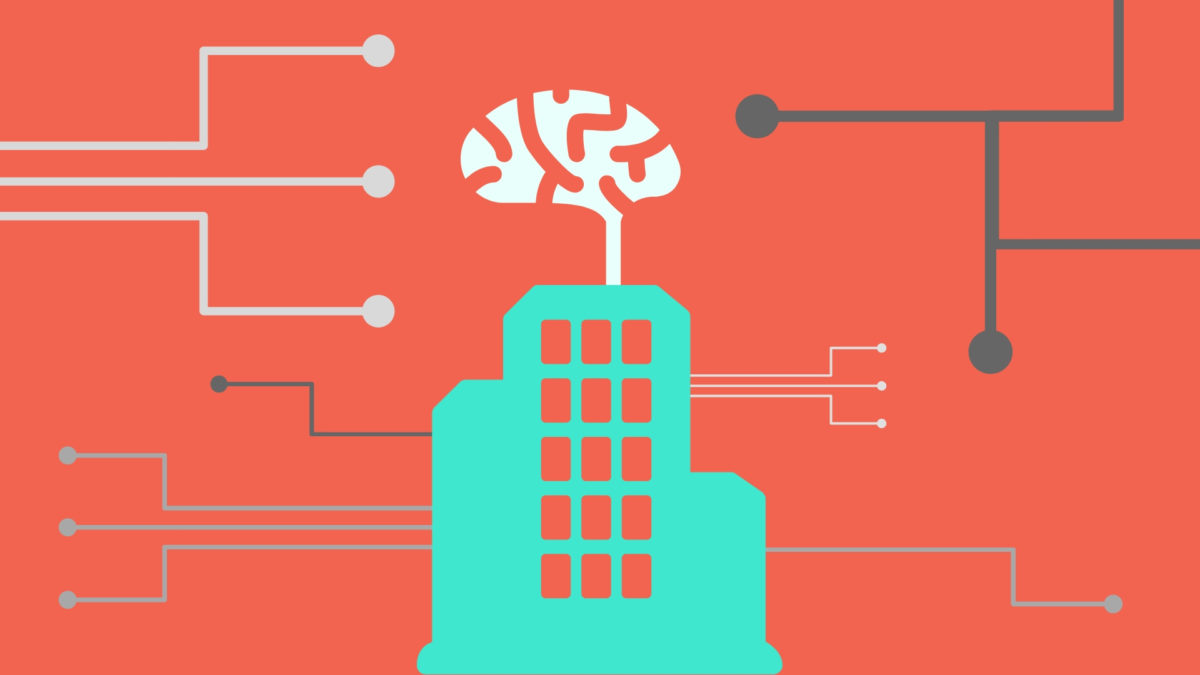No ratings yet. Nowadays, blockchain seems to be on everyone’s mind. In fact, the technology behind Bitcoin has become mainstream to such an extend that most companies are exploring the implementation in their organization. By now, due to the extensive attention blockchain has received over the past years, most people will be aware of the advantages that the technology offers. Data can be stored without worrying that it can ever be altered – at least not without leaving traces – and a decentralized, trustworthy system can be created (Zheng et al. 2018). In theory, then, blockchain technology seems to be beneficial and desirable to parties that work with data, which is virtually any contemporary business.
However, as is often the case, theory and practice are far from aligned, which is evident from the 92% failure rate of blockchain projects (Maloney, 2018). First of all, the security and trust factors that characterize blockchain are founded on the use of external, independent nodes which each perform verification on a specific block of data. Although this Proof-of-Work concept does wonders for the security and trustability of data, the process itself is highly inefficient. Basically, every node will put in effort to provide the Proof-of-Work, but only one node will be rewarded. As such, the effort of every node besides that of the winner is wasted. This redundancy is further amplified as the scale of the blockchain increases and more nodes are added to the network (Back, 2018).
Another problem arises from the fact that most businesses want to develop an internal blockchain, thereby excluding any external parties to the network. As such, the blockchain will no longer be decentralized, but rather consist of several (hybrid) or only one node (centralized). Implementing such systems defeats the purpose of blockchain entirely, as the verification of data is shifted from many independent, external parties to only a few internal actors. Thus, hybrid and centralized blockchains are highly dependent on the trustworthiness of the internal ‘nodes’, thereby opposing blockchain’s core ideology to distribute consensus and responsibility among many to create trust.
Even if we put these issues to the side, one fundamental weakness remains; blockchain does not account for the quality of the input data. Sure, the data can not secretly be altered, but for data to be added to the blockchain, one simply needs majority consent from the network of nodes. Thus, if the majority of nodes believe the information is true or behave maliciously, data is added without necessarily being true and/or accurate (Bauerle, n.d.). This is particularly problematic for centralized blockchains – the version preferred by most firms – because the system’s node(s) can basically determine what information is stored on the blockchain, and what is not. This gives substantial power to the whoever controls the node and raises the question to what extent that person can be trusted, which is exactly what blockchain was designed to overcome.
In short, blockchain has great potential and can be beneficial to businesses worldwide, but the current state of the technology and its capabilities is overhyped, and its flaws often overlooked. So, would you still place your bets on blockchain to disrupt future business?
For further reading, I would highly recommend Stinchcombe’s writings (link below)!
Sources:
Back. A. (2018). The 5 major problems with bitcoin and blockchain technology. Retrieved 30-09-2018 from https://blockchainreview.io/blockchain-bitcoin-problems-limitations-issues-weaknesses/
Bauerly, N. (n.d.). What are blockchain’s issues and limitations?. Retrieved 30-09-2018 from https://www.coindesk.com/information/blockchains-issues-limitations/
Maloney, C. (2018). 92% of all blockchain projects fail. Retrieved 30-09-2018 from https://ethereumworldnews.com/92-of-all-blockchain-projects-fail/
Zheng, B., Zhu, L., Shen, M., Gao, F., Zhang, C., Li, Y., & Yang, J. (2018). Scalable and Privacy-
Preserving Data Sharing Based on Blockchain. Journal of Computer Science and Technology, Vol. 33(3)
Stinchcombe’s article:
https://medium.com/@kaistinchcombe/decentralized-and-trustless-crypto-paradise-is-actually-a-medieval-hellhole-c1ca122efdec









